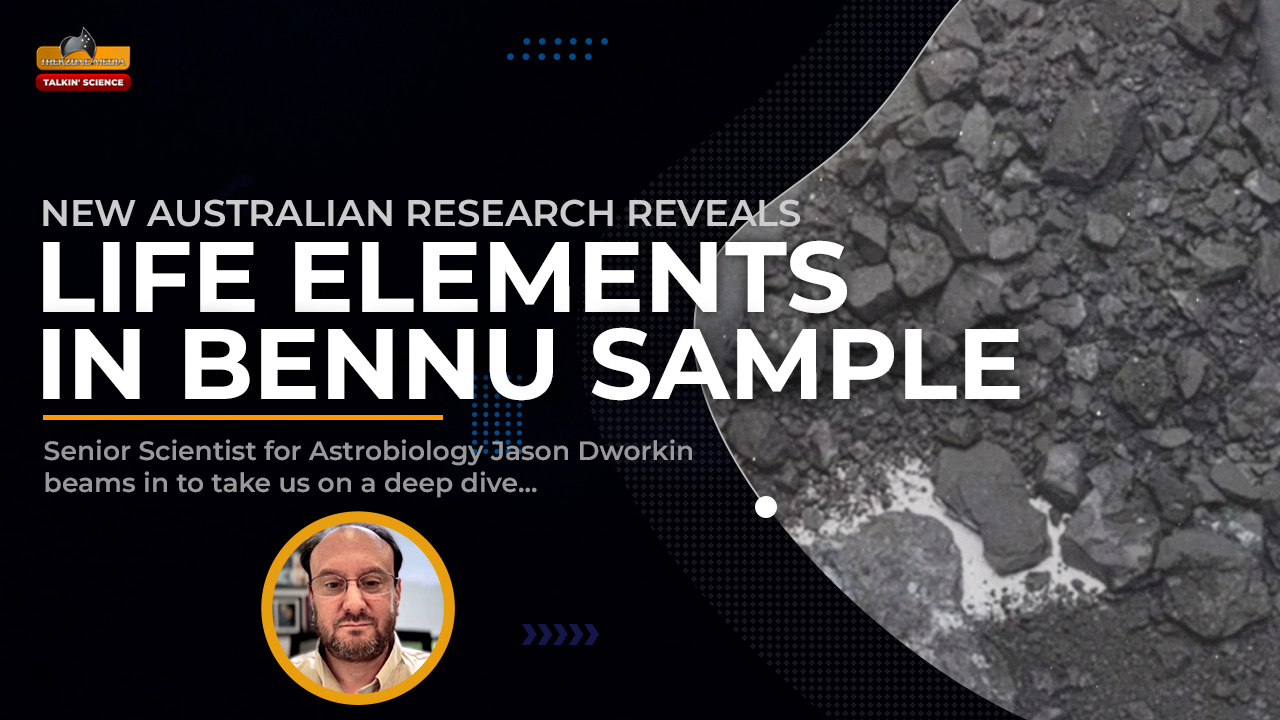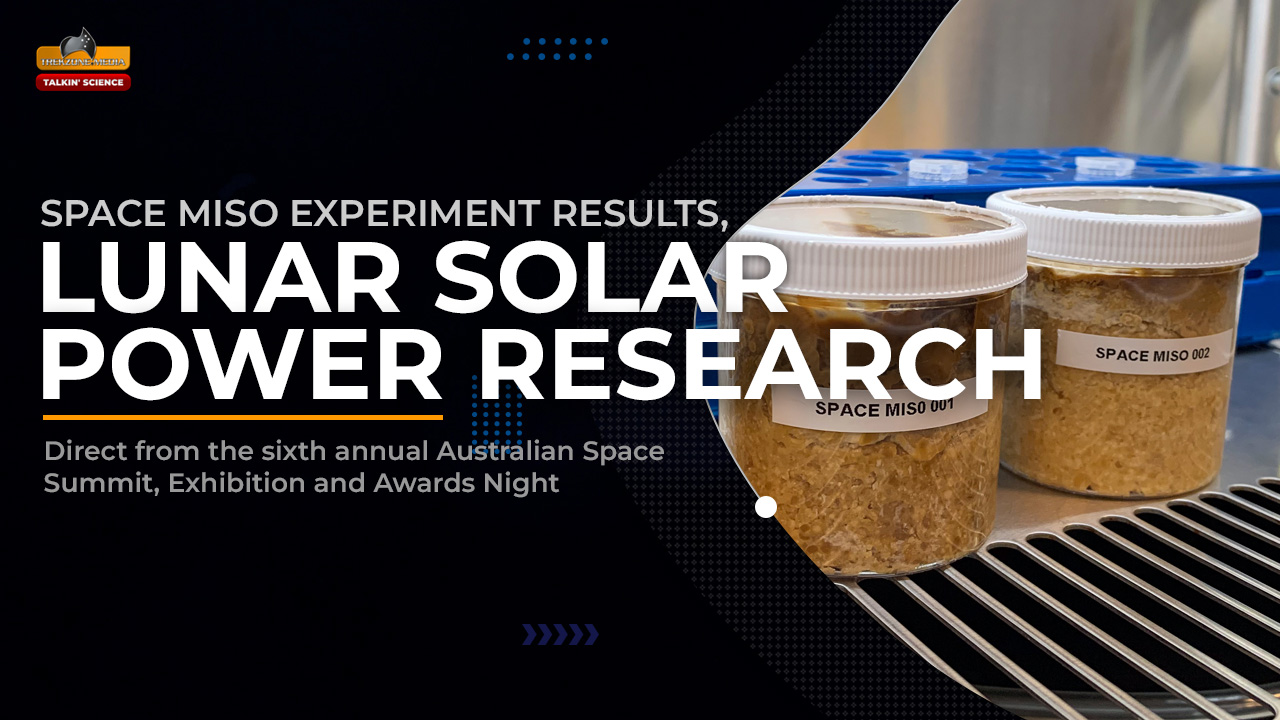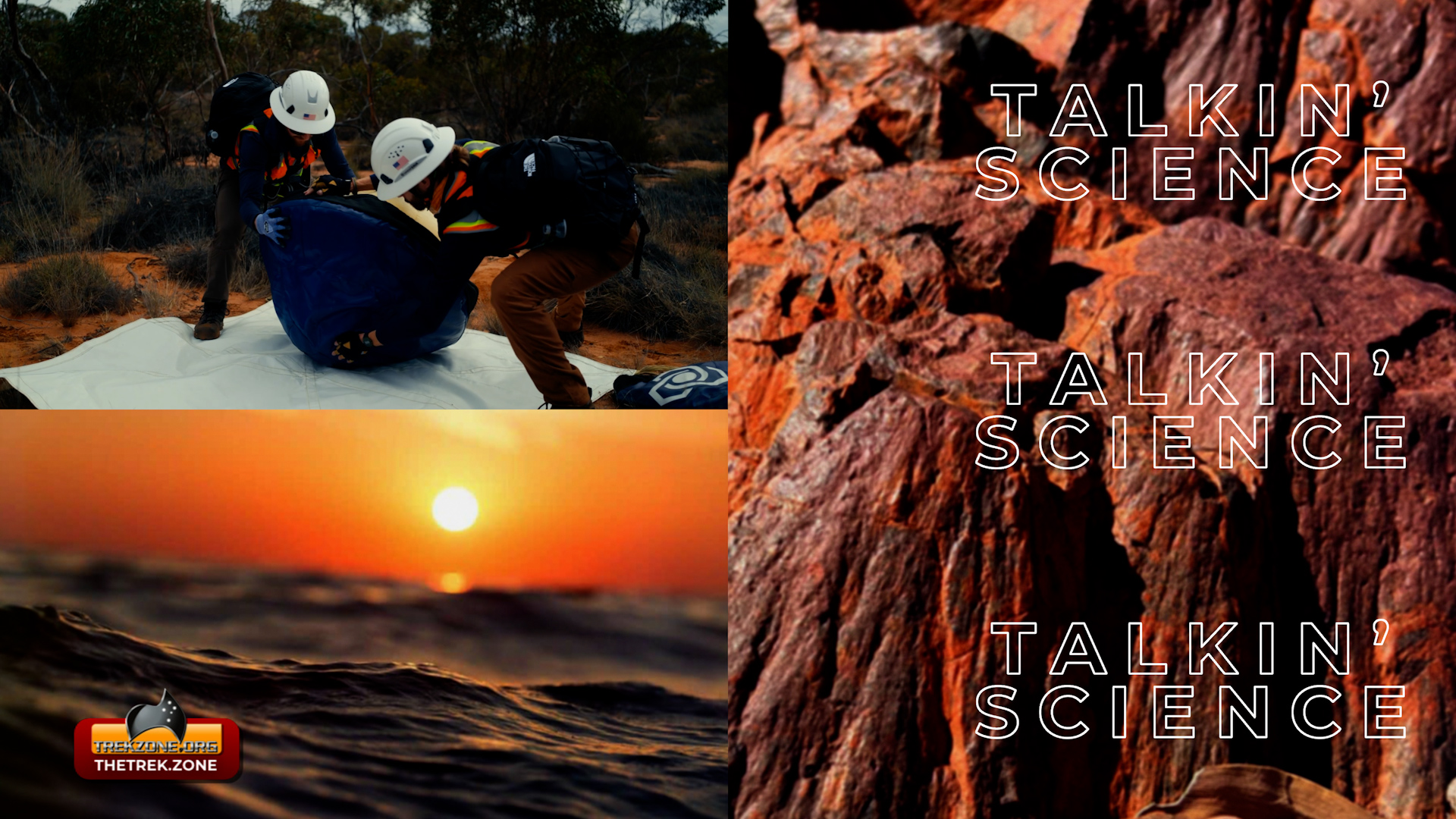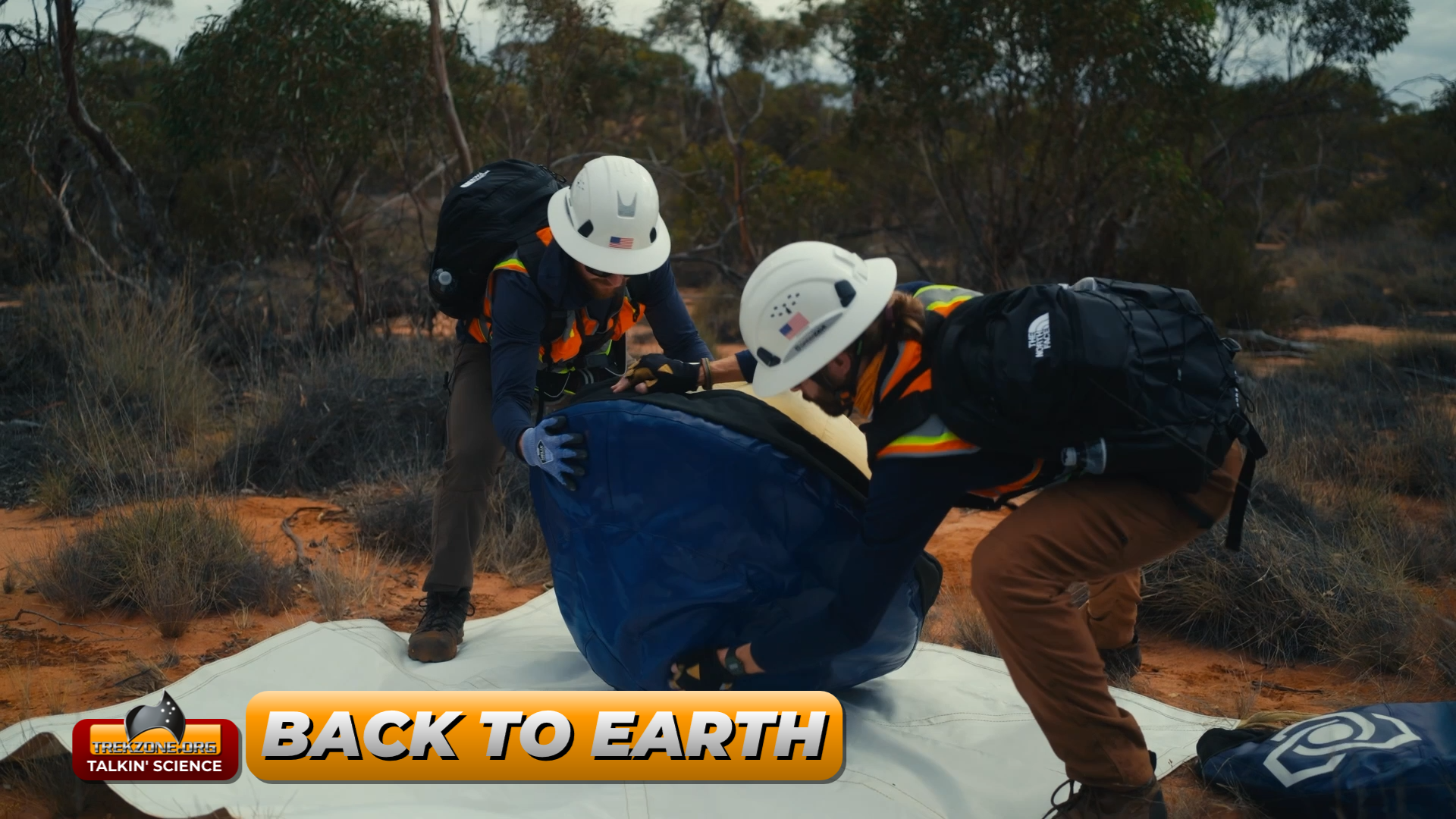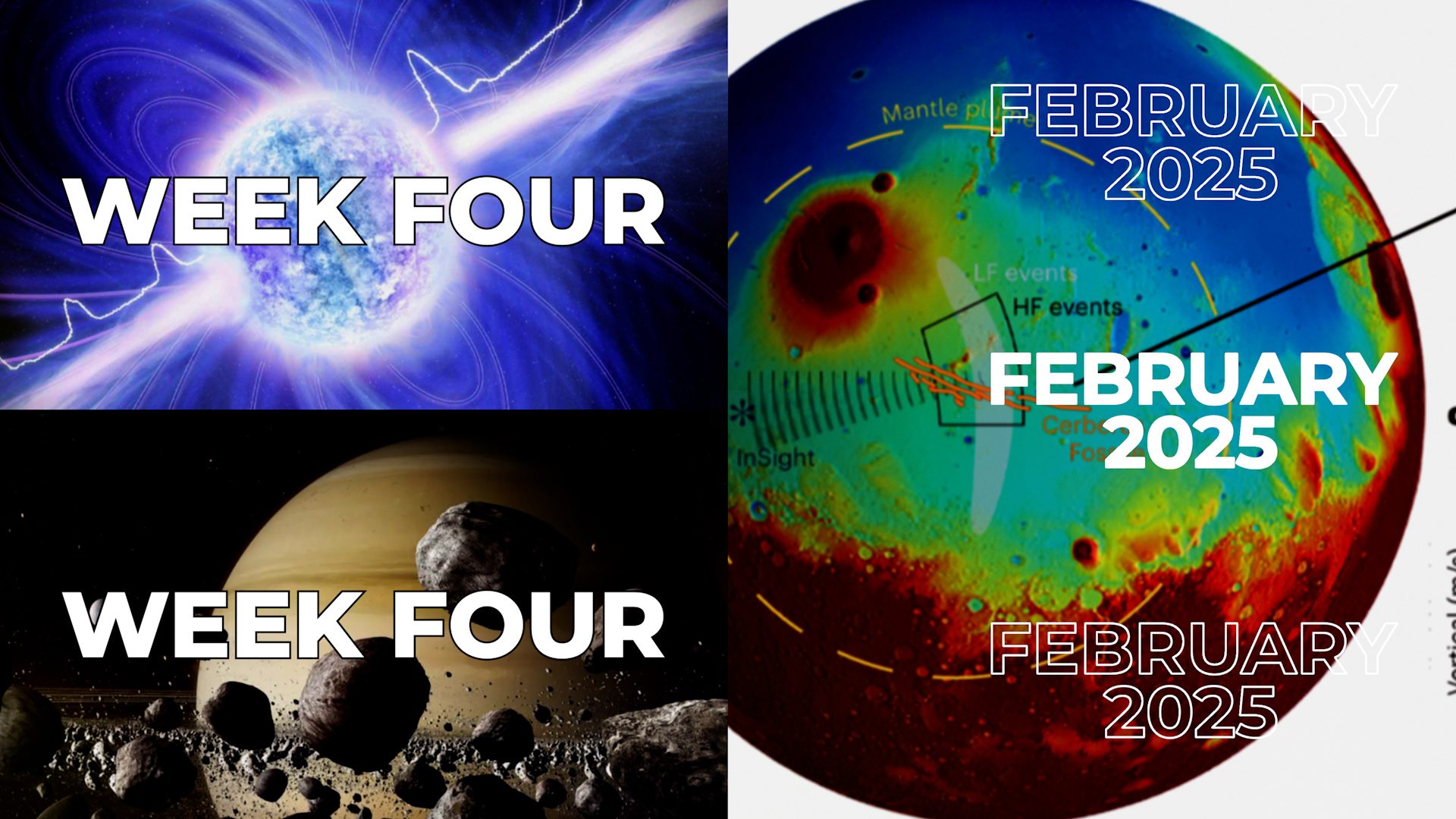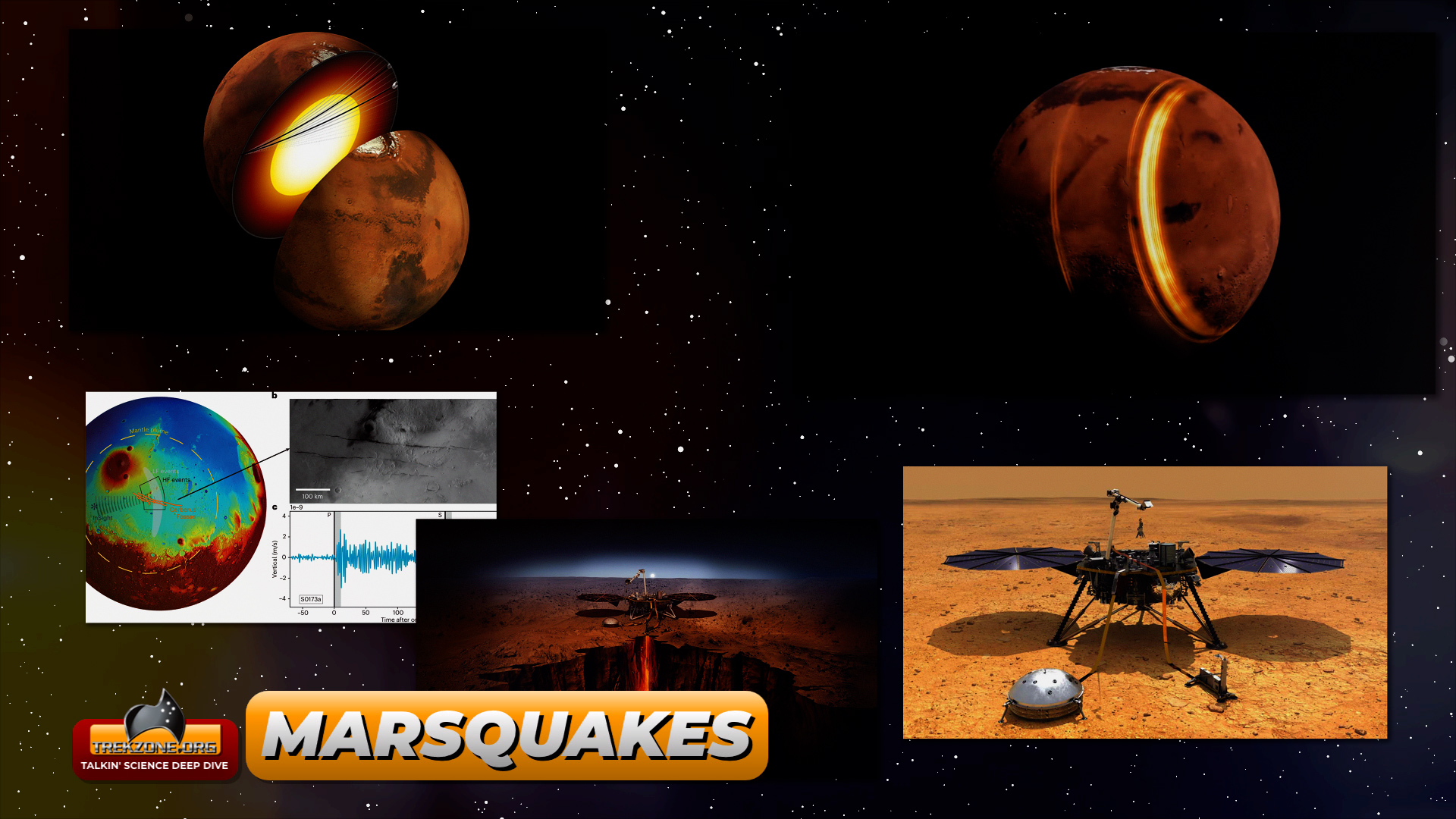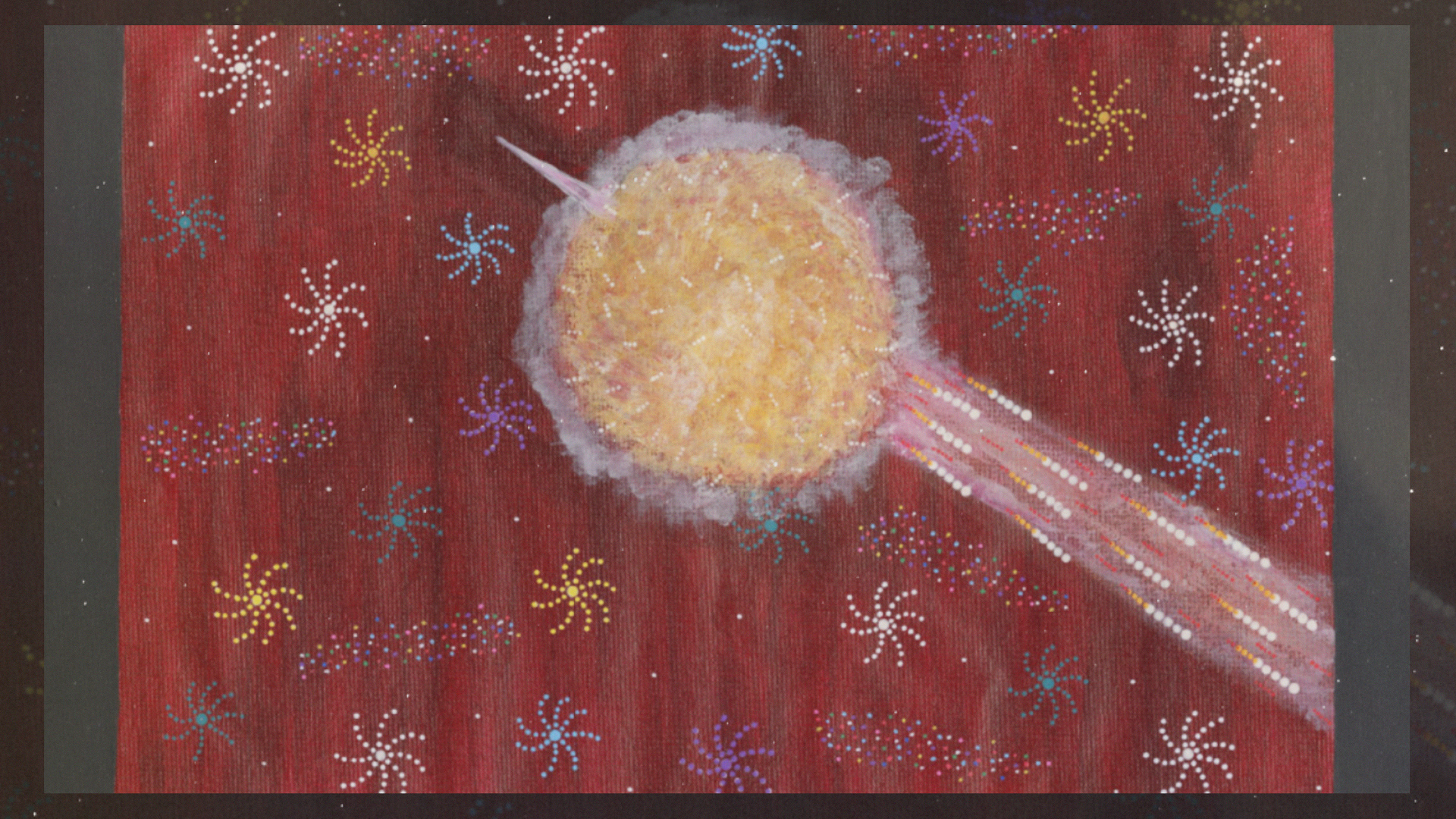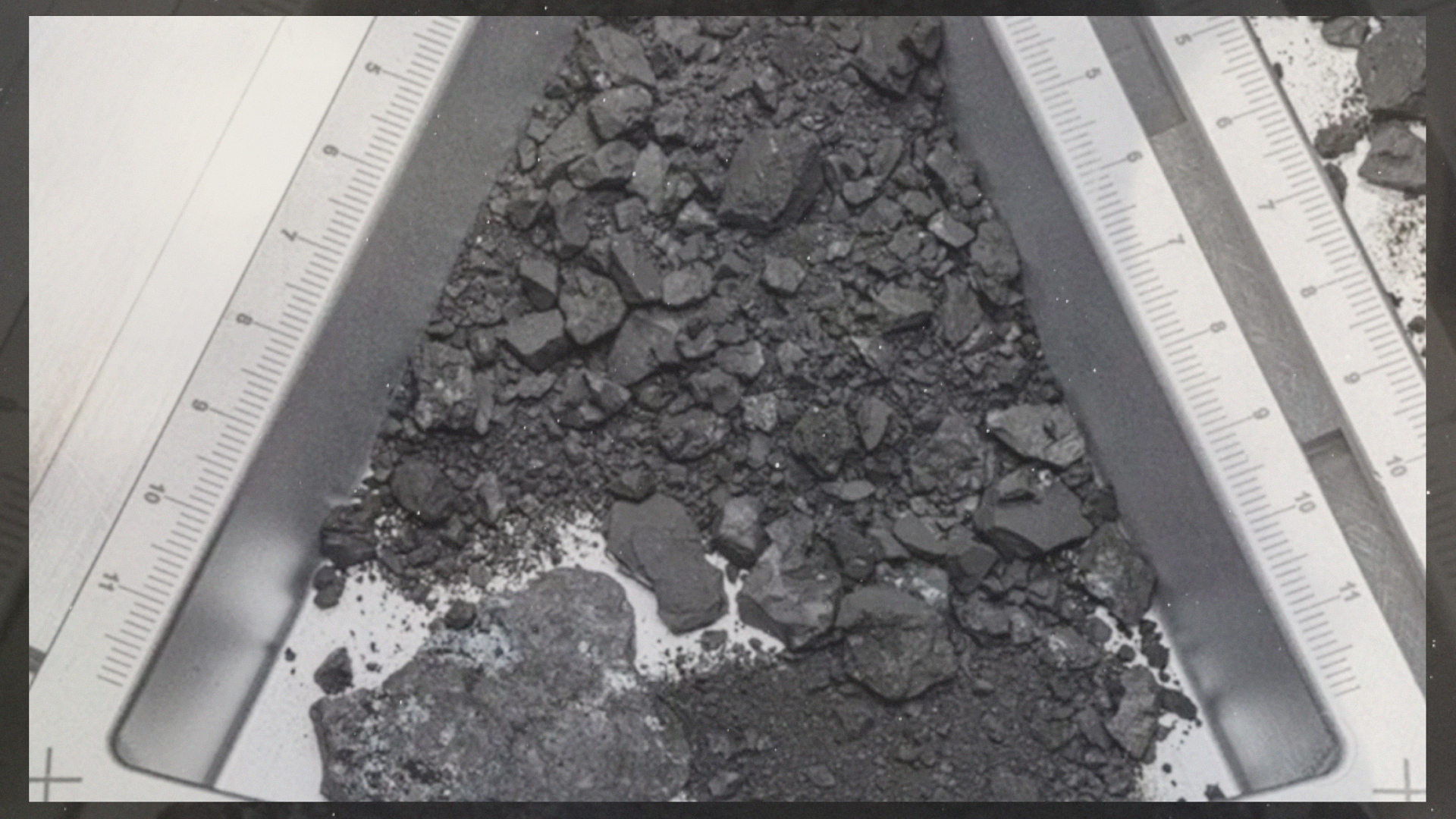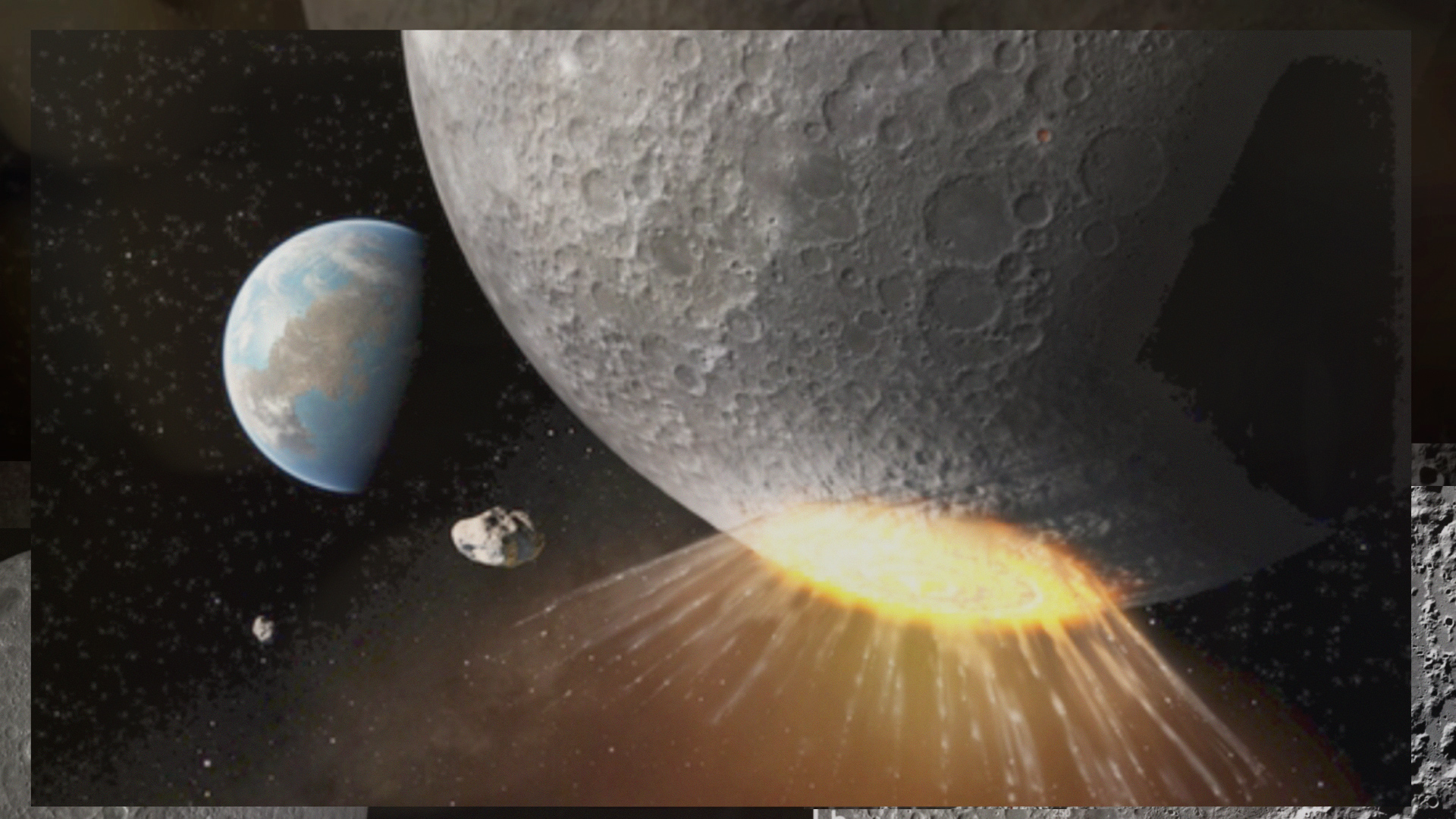Dr Deanne Fisher from Swinburne University of Technology’s Centre of Astrophysics and Supercomputing led the Australian team, directing the JWST’s NIRCam – the Near-Infrared Camera – instrument toward the centre of the so-called ‘starburst galaxy’ to obtain a closer look at the conditions that foster the formation of new stars.
Star formation continues to maintain a sense of mystery because it is shrouded by curtains of dust and gas, creating an obstacle in observing this process. Fortunately, the JWST’s ability to peer in the infrared is an asset in navigating these murky conditions.
The JWST’s NIRCam instrument was well-suited to trace the structure of the galactic wind via emission from sooty chemical molecules known as polycyclic aromatic hydrocarbons (PAHs). PAHs are like very small dust grains that survive in cooler temperatures but are destroyed in hot conditions.
Much to the team’s surprise, the JWST’s view of the PAH emission highlights the galactic wind’s previously unknown fine structure. Depicted as red filaments, the emission extends away from the central region where the heart of star formation is located. Another unanticipated find was the similar structure between the PAH emission and that of hot, ionised gas.


